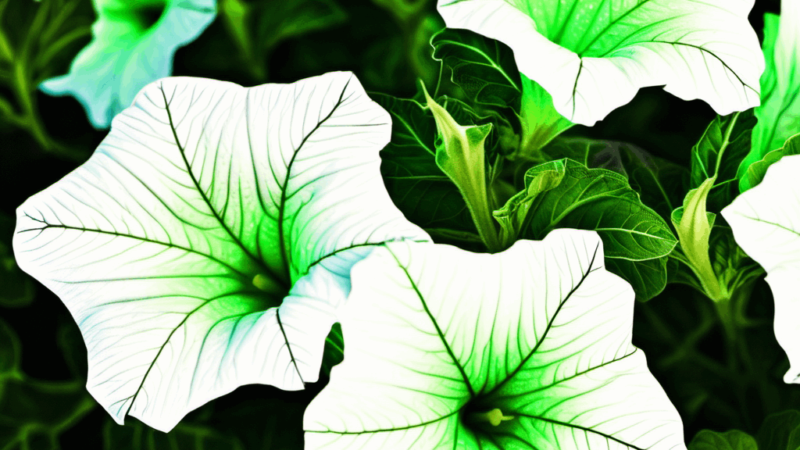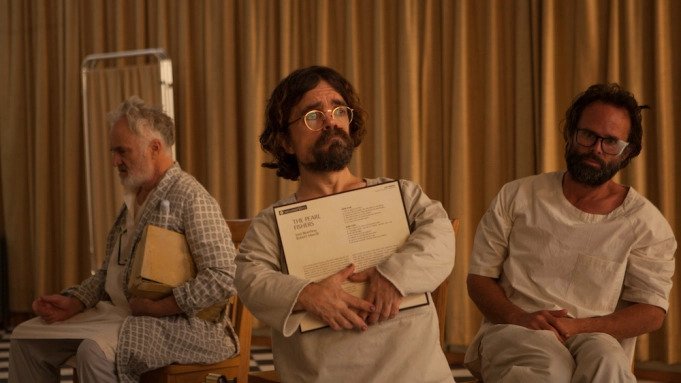Christmas Fun Facts Advent Calendar
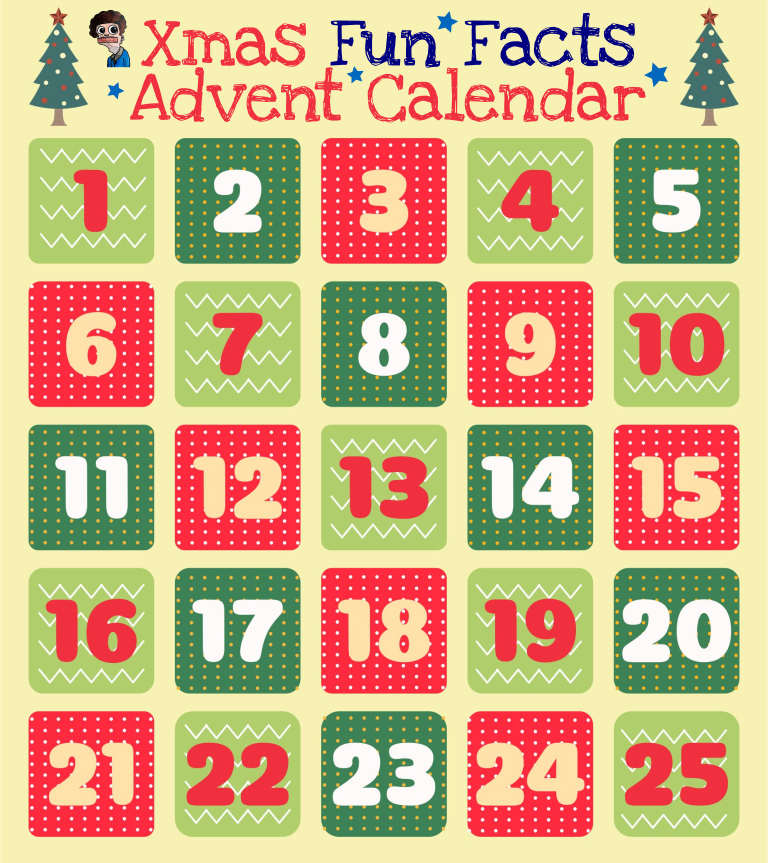
Find out something amazing about Christmas every day with this fun facts advent calendar packed with fun facts about Christmas. A fun fact related to Christmas will be revealed each day leading up to Christmas!
1. Queen Victoria invented the Christmas card
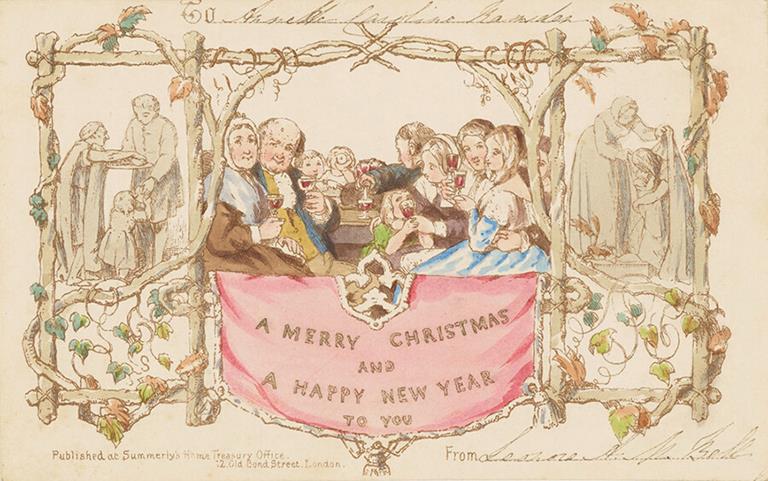
In 1843 Queen Victoria had 1000 cards printed to be sold commercially. They depicted “feeding the hungry” (left), “clothing the naked” (right), and a party (middle) with children drinking wine, which was controversial during the temperance movement, but they sold very well and it soon became a tradition to send Christmas cards at Christmas time.
Bonus fact: 1 tree makes 3000 cards. According to the 2005 census, 1.9 billion cards were sent in the U.S (the equivalent of 33 million trees!)
2. Barry Manilow sued Wham for stealing the melody of Last Christmas
Barry Manilow thought ‘Last Christmas’ was so similar to his 1978 hit Can’t Smile Without You, that he took Wham! to court. The judge ruled that lots of tunes had that similar chord structure and the case was dropped. What do you think?
3. The first text message said ‘Merry Christmas’

The first text message sent to a cellphone was sent in 1992, from a Vodaphone engineer’s computer to his boss’ phone, it said “Merry Christmas.”
4. The most snow in a day was 6.2ft
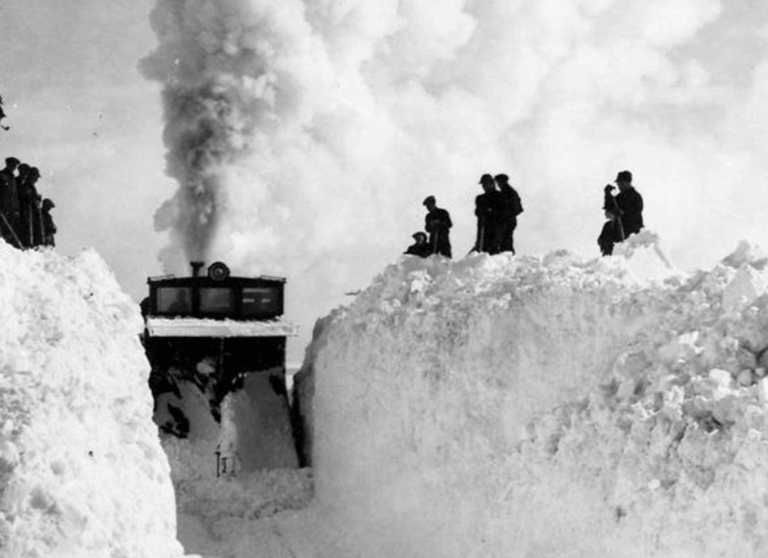
The most snow in one day was in Colorado in 1921, when they had 1.9m (6.2ft). By 32 hours it had reached 2.4m (7.9 ft).
5. There have been 18 white Christmases in New York since 1912
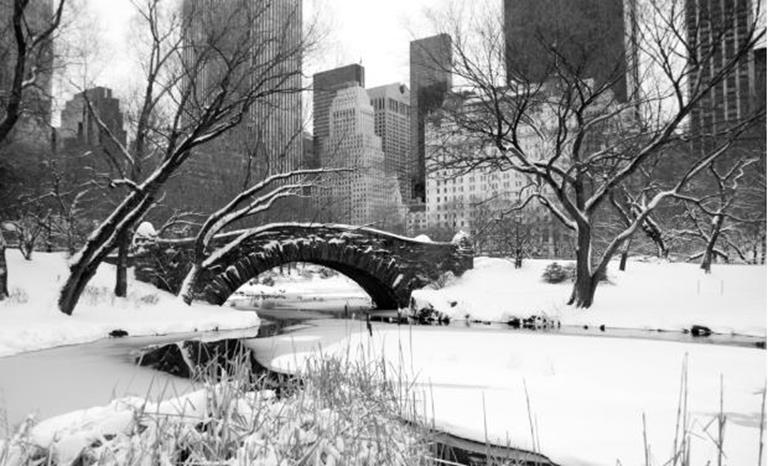
In the US, a white Christmas is when there’s one inch of snow on the ground. In the UK a white Christmas is defined as; when one flake of snow is seen falling on Christmas day. There have been ten white Christmases in London since 1900. One of the reasons we associate Christmas with snow is because Charles Dickens lived in the ‘Little Ice Age’ (1303-1850) when it was so cold that they had frost fairs and bonfires on the frozen River Thames. His experiences inspired stories such as A Christmas Carol that have shaped our perceptions of Christmas ever since.
6. It would take 2,638 Christmas lights for your house to be seen from space

Given that the luminosity of a single LED is 4 lumens it would take 2,638 LED Christmas lights in order for your house to be seen from the International Space Station.
7. Santa Claus was from Turkey
The original Santa Claus, Saint Nicholas, was a Greek, born in Asia Minor (now modern Turkey) in the fourth century. He was known for his acts of generosity such as throwing gold through the windows or down the chimneys to pay women’s dowries and save them from prostitution.
8. In 2018, 30cm of snow fell in the Sahara Desert

This is becoming more common with climate change. It snowed in the Sahara Desert in 1979, 2016, 2017, 2018, 2021 and 2022.
9. Dutch people black-up every Christmas in a controversial tradition

During the run up to the Feast of St Nicholas on the 5th of December people dress up as ‘ Zwarte Pieten‘ (Black Peter) in parades, public events and parties. The blacked-up character visits schools, shops and other places during the celebration.
10. A Swedish astronaut was banned from eating reindeer in space

Christer Fuglesang was the first Swede in space, in December 2006. He wanted to take reindeer meat but NASA prevented him for fear of upsetting American children, so he took moose meat instead as well as two jars of gingerbread and some raspberry jelly.
11. From 1644 to 1660 Christmas was officially illegal in England
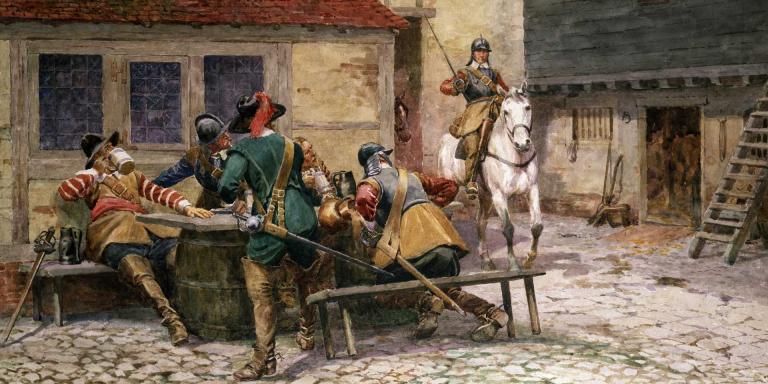
Christmas was banned by Oliver Cromwell under a Puritan government. They thought the Christmas festivities were too closely linked to Catholiscm, that it was a ‘wasteful festival, that threatened Christian beliefs and encouraged immoral activities.’ Shops were forced to remain open on Christmas day and there were fines for staging or attending Christmas services. Soldiers patrolled the streets, confiscating any food that people were preparing for Christmas. The law was unpopular, there were violent pro-Christmas riots and the ban was eventually overturned.
12. Brenda Lee was only 13 when she sang ‘Rockin Around the Christmas Tree’
She came from an extremely poor family and, after the death of her father, made ends meet by sing
13. The Bible never says that Jesus was born on 25th December
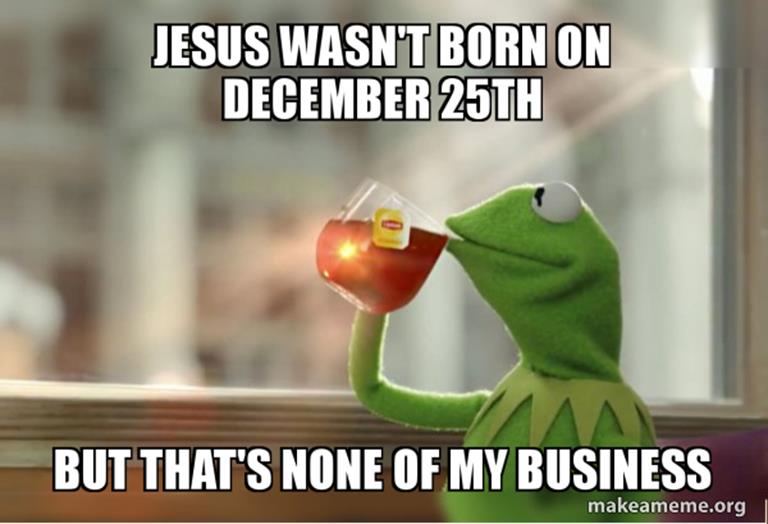
At the end of the 3rd century, the Church moved Christmas to the 25th December because in the Julian calendar it was the winter solstice; when the heathens celebrated the birth of the sun, and the Church wanted to piggyback off that widespread celebration.
14. The most expensive Christmas present was a diamond worth over $250 million
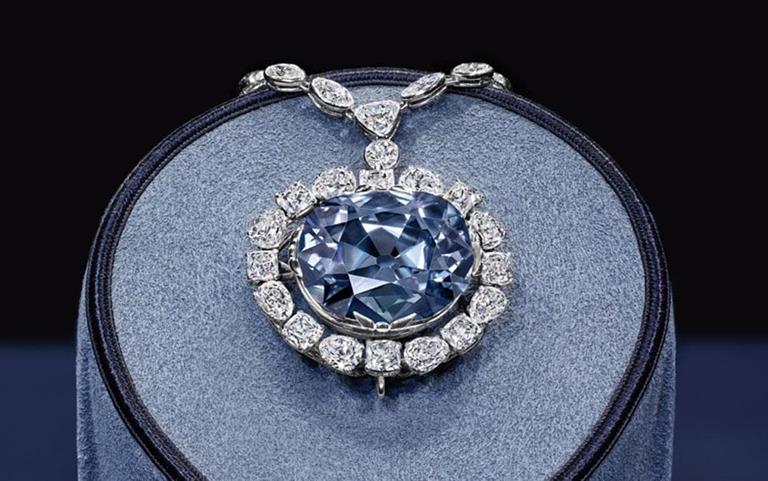
The Star of the East and the Hope Diamond was a combined wedding and Christmas present for mining heiress Evalyn Walsh McLean. It is one of the most famous jewels in history. The diamond was extracted from an Indian mine in the 17th century, it was a 45.52-carat diamond and cobalt gave it a distinctive blue colour. It had many famous owners including Marie Antoinette and King George IV. Many owners met untimely ends and the stone was said to be cursed. It is now in the Smithsonian Museum and was valued at up to $250 million in 2011.
15. Frankincense has anti-cancer properties
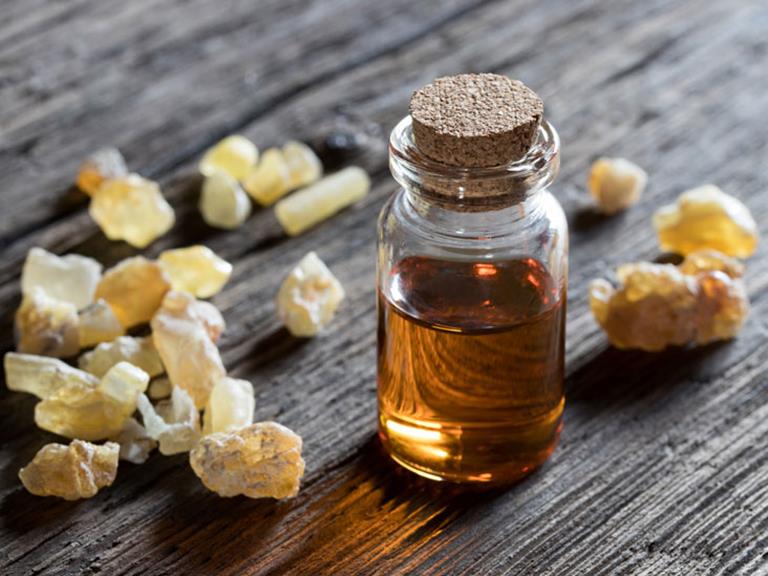
Most people have only heard of frankincense as one of the gifts of the wise men for baby Jesus. But did you know it may also help with arthritis, asthma and IBS? It is made from the aromatic resin from the sap of an African Boswelia tree, its name comes from the old French ‘franc encens’ meaning ‘high quality incense.’ Myrrh is also made from tree sap and also has anti asthma and cancer properties.
16. Poinsettia is known as ‘Flowers of Christmas Eve’ in Mexico

Legend has it that a poor Mexican girl, called Pepita, couldn’t afford a present for baby Jesus in the manger scene where they lived. Her brother told her it didn’t matter as long as she gave something with love, so she picked some green weeds to give. But when she knelt at the alter the weeds burst into vibrant flame-red flowers and from that moment the plant was known as Flores de Noche Buena (Flowers of Christmas Eve).
17. The Royal Family weigh themselves before and after Christmas Dinner to make sure they’ve eaten plenty
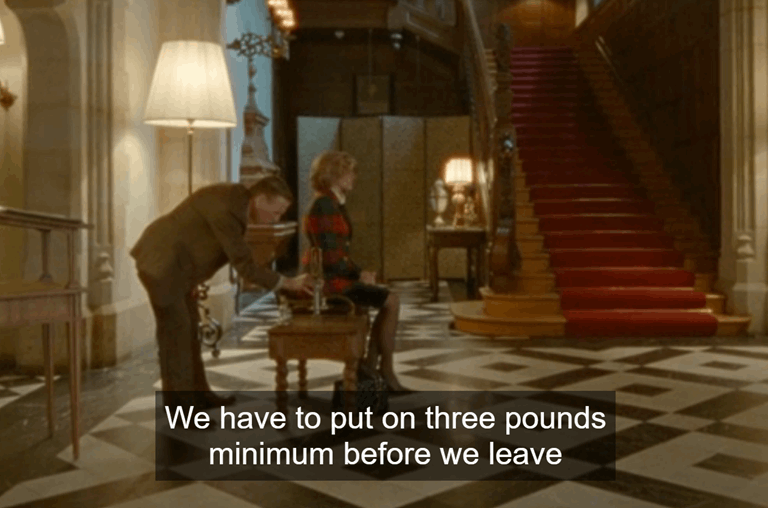
The tradition was started by Prince Albert in 1847 and has been continued ever since. He wanted to make sure his guests had had their fill and eaten plenty at Christmas. The ‘Christmas weigh-in’ features in the film ‘Spencer’, Diana sits on the scales when she arrives at Sandringham. Meghan Markle also took part in the weigh in when they were part of the Royal Household in 2018. The optimum weight-gain is said to be 1.4kg.
18. The word tinsel comes from the French étincelle meaning ‘spark’

It was invented in the 17th century in Germany and was originally real shards of silver to reflect the ‘spark’ of real candles placed in the tree. Nowadays tinsel is made from metalized PVC and wire. The UK’s biggest tinsel factory in Cwmbran, Wales, has 35 machines and produces 11.9million metres of tinsel per year.
2.3 billion people are Christians (31%) and most celebrate Christmas in one way another. Millions of other religions and no-religious also celebrate Christmas and it is celebrated in 160 countries.
19. 45% of the world celebrate Christmas
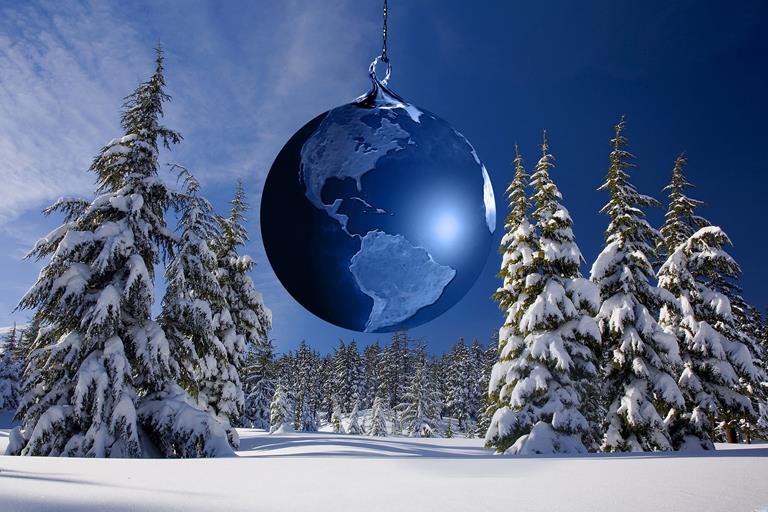
2.3 billion people are Christians (31%) and most celebrate Christmas in one way another. Millions of other religions and no-religious also celebrate Christmas and it is celebrated in 160 countries.
20. In Ethiopia they play Gena (hockey) on Christmas day, because shepherds were playing it the night Jesus was born
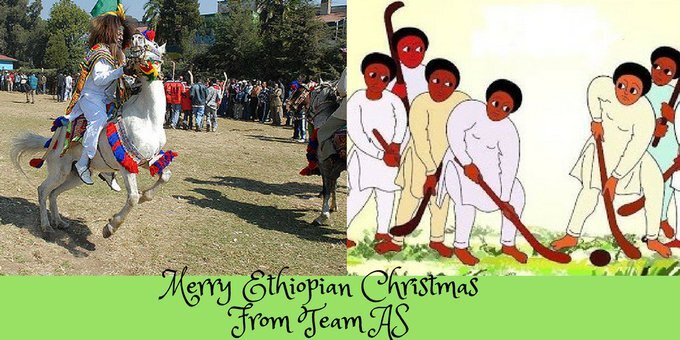
21. 1 in every 35 UK adults (2.85%) put their tree up on the 22nd December.

22. In Bosnia and Herzegovina they have an ‘anti-santa’ who steals children’s presents if they’ve been bad
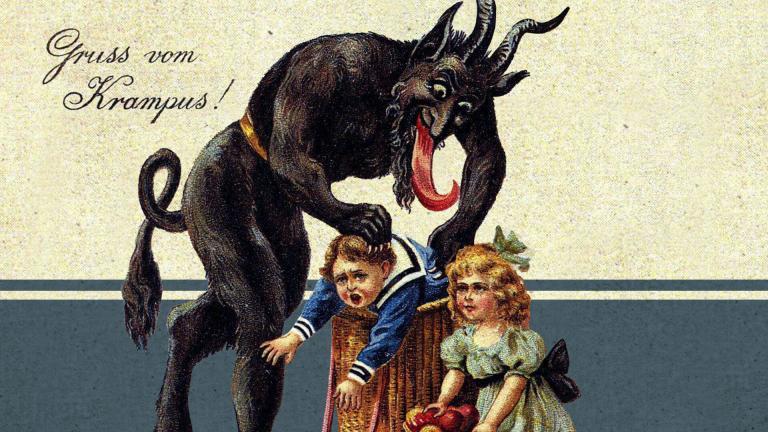
Krampus wears chains, has cloven hooves and carries a bag on his back to take away bad children. Krampus is recognized in several countries such as Austria, Slovenia, Germany, the Czech Republic, and Hungary.
23. Until the 17th century ‘Christmas’ lasted almost three months
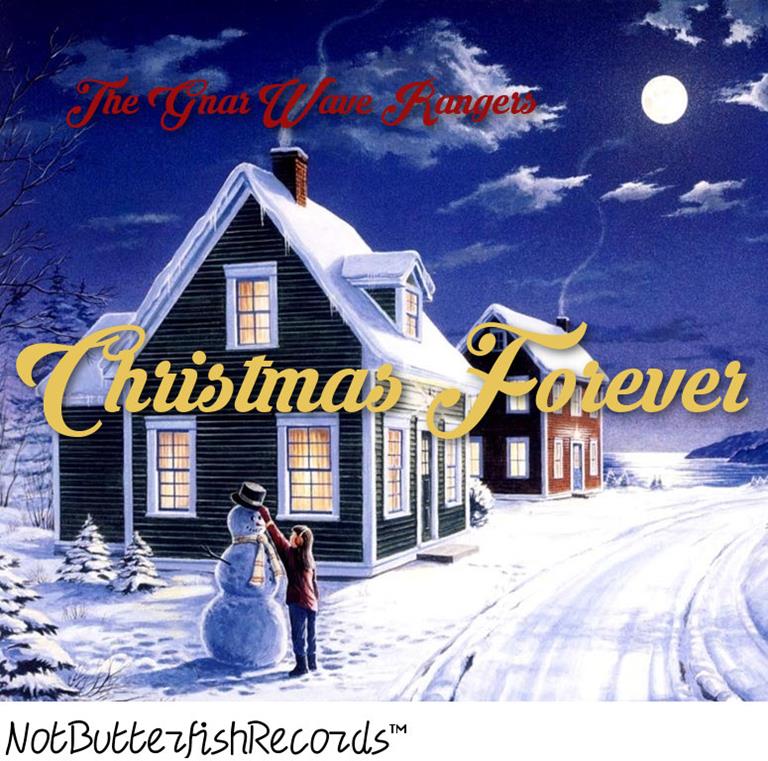
Christmas lasted from the Feast of St Martin on 11 November to Candlemas on 2 February.
24. In Bulgaria, on Christmas day, the table is not cleared until the next morning, to leave some food for the holy spirits
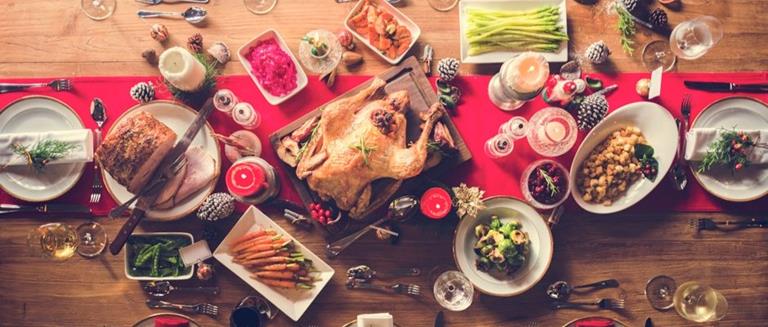
25. Mince pies were originally made with mutton
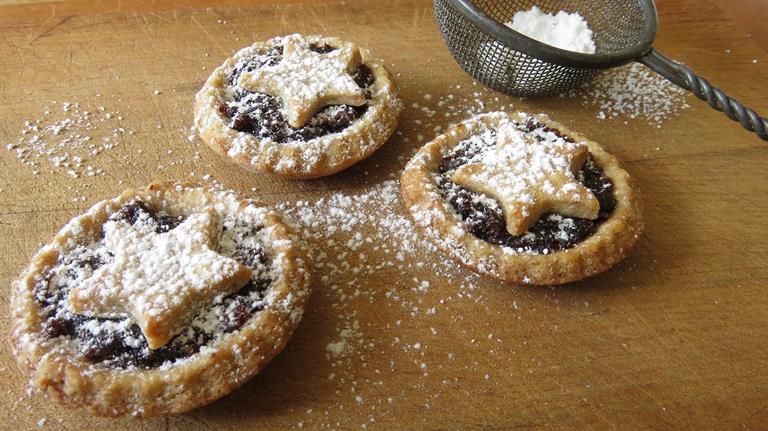
In Tudor England, shrid pies (as they were known then) were formed from shredded meat, suet and dried fruit. Like many Christmas traditions, they may have dated back to the Romans Saturnalia festivities.

